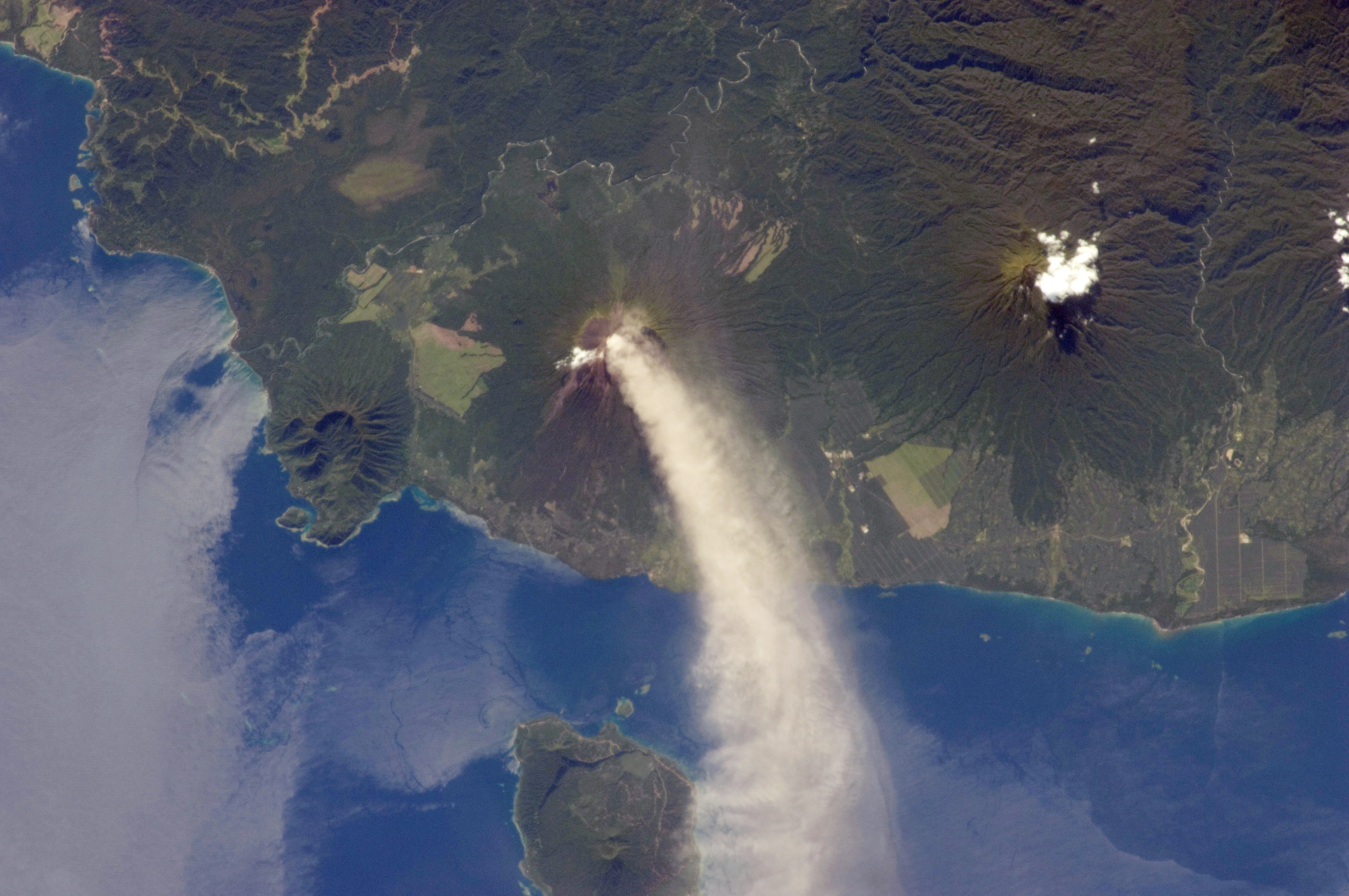|
Bamus
Bamus Volcano is a volcano on New Britain near Ulawun. It last erupted in 1886. It is classified as a stratovolcano and noted to have a breached crater. External links *Bamus References Stratovolcanoes of Papua New Guinea Volcanoes of New Britain Holocene stratovolcanoes {{PapuaNewGuinea-geo-stub ... [...More Info...] [...Related Items...] OR: [Wikipedia] [Google] [Baidu] |
New Britain
New Britain ( tpi, Niu Briten) is the largest island in the Bismarck Archipelago, part of the Islands Region of Papua New Guinea. It is separated from New Guinea by a northwest corner of the Solomon Sea (or with an island hop of Umboi the Dampier and Vitiaz Straits) and from New Ireland by St. George's Channel. The main towns of New Britain are Rabaul/ Kokopo and Kimbe. The island is roughly the size of Taiwan. While the island was part of German New Guinea, it was named Neupommern ("New Pomerania"). In common with most of the Bismarcks it was largely formed by volcanic processes, and has active volcanoes including Ulawun (highest volcano nationally), Langila, the Garbuna Group, the Sulu Range, and the volcanoes Tavurvur and Vulcan of the Rabaul caldera. A major eruption of Tavurvur in 1994 destroyed the East New Britain provincial capital of Rabaul. Most of the town still lies under metres of ash, and the capital has been moved to nearby Kokopo. Geography N ... [...More Info...] [...Related Items...] OR: [Wikipedia] [Google] [Baidu] |
Ulawun
Ulawun is a basaltic and andesitic stratovolcano in West New Britain Province, on the island of New Britain in Papua New Guinea. About southwest of the township of Rabaul, Ulawun is the highest mountain in New Britain and the second in the Bismarck Archipelago at , and one of the most active volcanoes in Papua New Guinea. A total of 22 recorded eruptions have occurred since the 18th century; the first, in 1700, was recorded by William Dampier. Several thousand people live near the volcano. Because of its eruptive history and proximity to populated areas, Ulawun has been deemed one of the Decade Volcanoes. Recent activity The last few years have seen almost constant activity at Ulawun, with frequent small explosions, and have caused great damage and loss of life. the New Britain Highway in three different locations. Volcanoes in Papua New Guinea are some of the world's most prolific sources of sulphur dioxide. Recent studies have shown that Ulawun alone releases about 7 kg ... [...More Info...] [...Related Items...] OR: [Wikipedia] [Google] [Baidu] |
Stratovolcanoes Of Papua New Guinea
A stratovolcano, also known as a composite volcano, is a conical volcano built up by many layers (strata) of hardened lava and tephra. Unlike shield volcanoes, stratovolcanoes are characterized by a steep profile with a summit crater and periodic intervals of explosive eruptions and effusive eruptions, although some have collapsed summit craters called calderas. The lava flowing from stratovolcanoes typically cools and hardens before spreading far, due to high viscosity. The magma forming this lava is often felsic, having high-to-intermediate levels of silica (as in rhyolite, dacite, or andesite), with lesser amounts of less-viscous mafic magma. Extensive felsic lava flows are uncommon, but have travelled as far as . Stratovolcanoes are sometimes called composite volcanoes because of their composite stratified structure, built up from sequential outpourings of erupted materials. They are among the most common types of volcanoes, in contrast to the less common shield volcanoes. ... [...More Info...] [...Related Items...] OR: [Wikipedia] [Google] [Baidu] |
Volcanoes Of New Britain
A volcano is a rupture in the crust of a planetary-mass object, such as Earth, that allows hot lava, volcanic ash, and gases to escape from a magma chamber below the surface. On Earth, volcanoes are most often found where tectonic plates are diverging or converging, and most are found underwater. For example, a mid-ocean ridge, such as the Mid-Atlantic Ridge, has volcanoes caused by divergent tectonic plates whereas the Pacific Ring of Fire has volcanoes caused by convergent tectonic plates. Volcanoes can also form where there is stretching and thinning of the crust's plates, such as in the East African Rift and the Wells Gray-Clearwater volcanic field and Rio Grande rift in North America. Volcanism away from plate boundaries has been postulated to arise from upwelling diapirs from the core–mantle boundary, deep in the Earth. This results in hotspot volcanism, of which the Hawaiian hotspot is an example. Volcanoes are usually not created where two tectonic plates sli ... [...More Info...] [...Related Items...] OR: [Wikipedia] [Google] [Baidu] |




